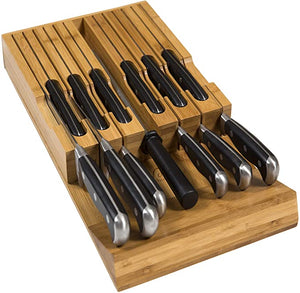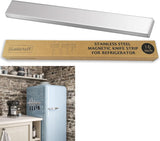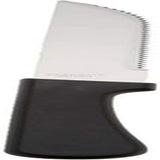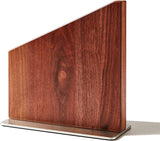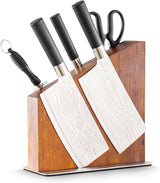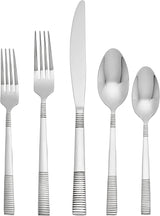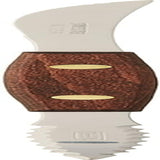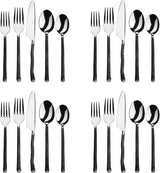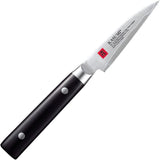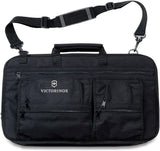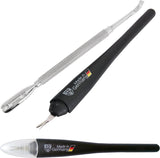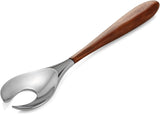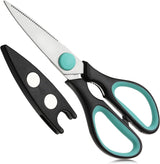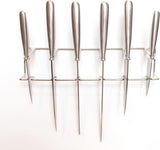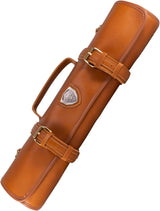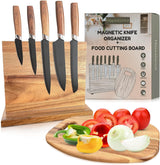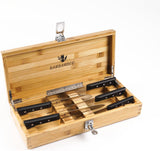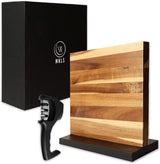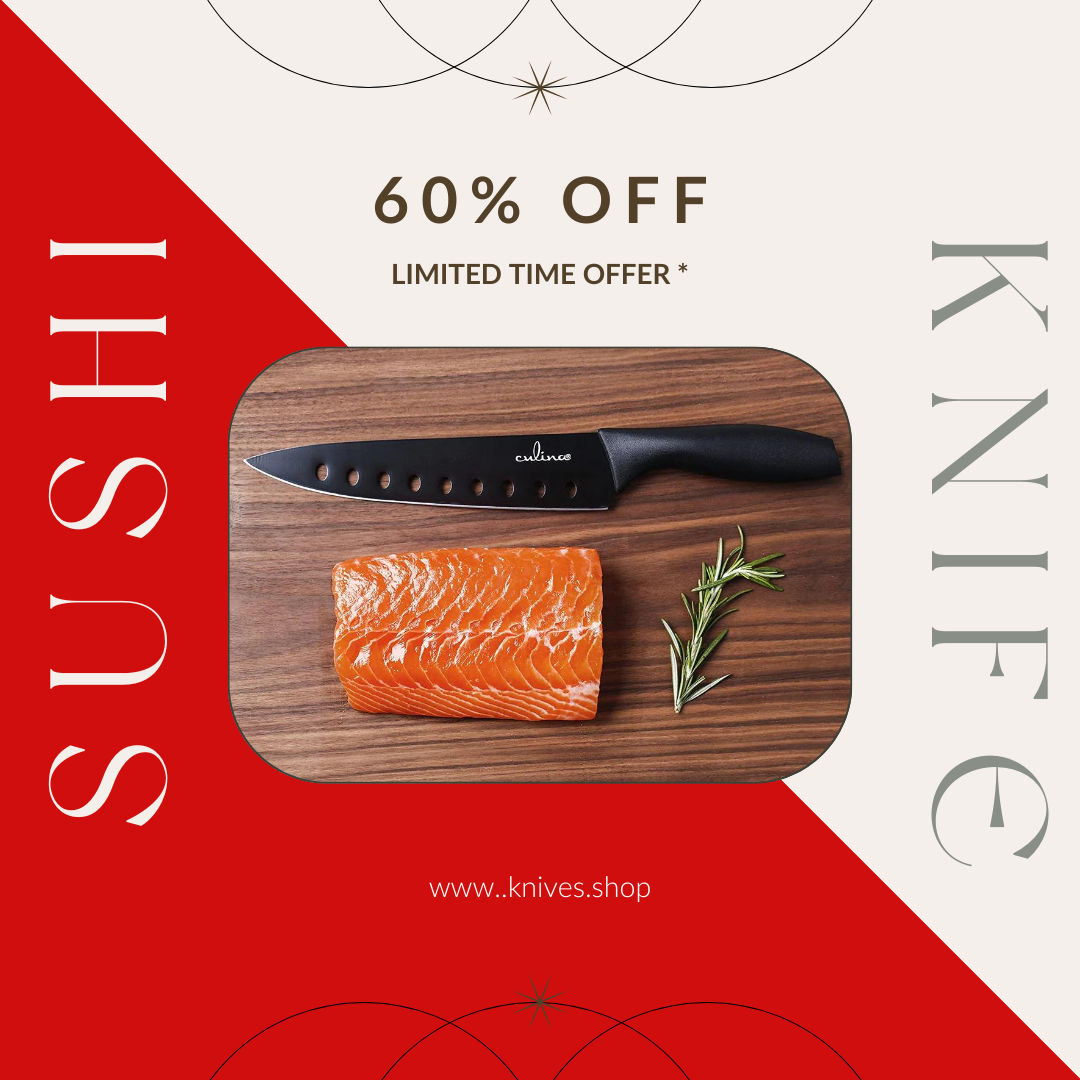For culinary professionals, the art of choosing the right knife for steak is not just a matter of preference but a crucial part of ensuring a superior dining experience. A well-chosen steak knife not only enhances the presentation of the dish but also influences the texture and overall enjoyment of the meal. As a kitchen professional, understanding the nuances of steak knives can elevate your culinary skills to a new level.
In this guide, we will explore the factors involved in choosing the right knife for steak, offering insights that will help you select the perfect tool for the job. We'll delve into the differences between types of steak knives, the importance of materials, and how design impacts functionality and performance.

The Anatomy of a Perfect Steak Knife
When it comes to steak knives, there are several key components to consider. The blade, handle, and edge are all integral to the knife's performance.
Blade Material and Sharpness
The material of the blade is critical. High-carbon stainless steel is a popular choice among professionals due to its durability and ability to maintain a sharp edge. A sharp blade is essential for cutting through steak effortlessly, preserving the meat's juices and flavor.
Handle Design and Comfort
The handle design should provide a comfortable grip for extended use. Wooden handles offer a classic look and feel, while composite materials provide durability and resistance to moisture. A well-balanced knife will prevent hand fatigue and ensure precision cuts.
Types of Steak Knives
Steak knives come in various styles, each suited for different preferences and dining experiences.
Straight Edge vs. Serrated Edge
Straight edge knives offer clean, precise cuts and are ideal for tender cuts of steak. However, they require regular sharpening to maintain their edge. Serrated edge knives, on the other hand, are suitable for tougher cuts as the serrations help grip and slice through the meat with less effort.
Understanding these differences can aid in choosing the right knife for the specific meat you're working with.
Handle Materials: Aesthetic and Functionality
Handles can be crafted from a variety of materials, including wood, plastic, and metal. Each material offers unique aesthetic and functional benefits. For instance, wooden handles can provide a warm, traditional look, while metal handles might offer more contemporary styling.
Why the Right Knife Matters
For the discerning kitchen professional, the choice of knife can impact not just the quality of the meal but also the efficiency and pleasure of preparation. A well-selected knife can improve the presentation of a dish, enhance the texture and flavor of the steak, and showcase the chef's attention to detail.
Moreover, adhering to the correct knife etiquette can further elevate the dining experience.
Maintenance and Care
Investing in a high-quality steak knife is only the beginning. Proper maintenance and care are essential to ensure longevity and performance. Regular sharpening, appropriate cleaning methods, and safe storage are key practices every kitchen professional should adopt.
For detailed guidance, refer to resources on knife maintenance.
Sharpening Techniques
Sharpening a steak knife involves using the right tools and techniques to maintain its edge. Whetstones, honing rods, and electric sharpeners are common tools used by professionals to keep knives in optimal condition.
Storage Solutions
Proper storage is crucial to prevent damage and maintain the knife's edge. Knife blocks, magnetic strips, and protective sheaths are popular options that ensure safety and accessibility.
For additional tips on dining etiquette and knife handling, consider exploring resources such as the Emily Post Institute.

FAQs
What is the best blade material for steak knives?
High-carbon stainless steel is often recommended for its durability and sharpness, making it ideal for professional culinary use.
Should I choose a straight edge or serrated edge steak knife?
It depends on the type of steak you are preparing. Straight edge knives offer clean cuts for tender steaks, while serrated knives are better for tougher meats.
How often should I sharpen my steak knife?
Regular sharpening is crucial. Depending on usage, aim to sharpen your knife every few months to maintain its edge.
This article contains affiliate links. We may earn a commission at no extra cost to you.
